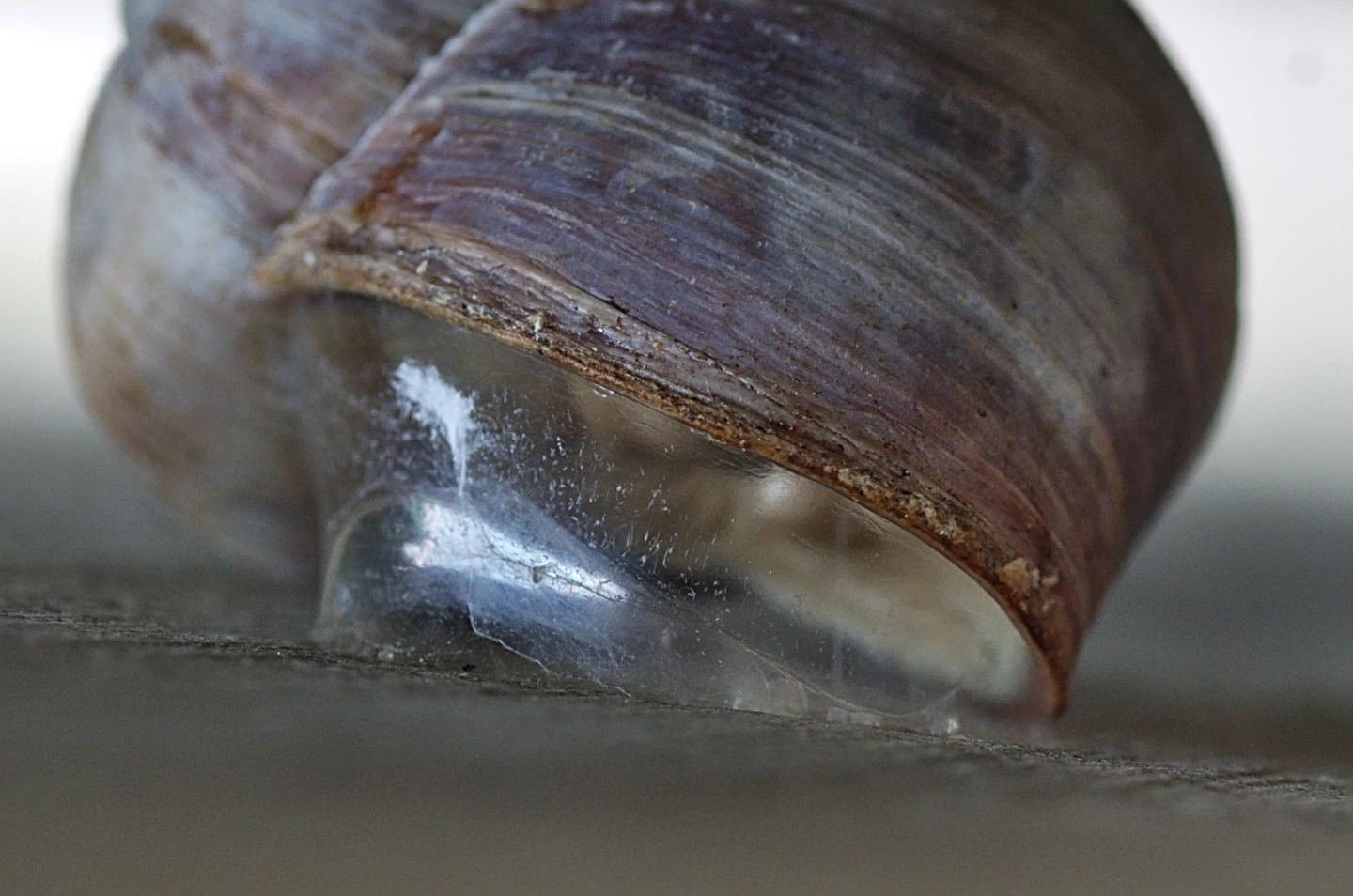The promise of reusable sticky things, from Post-it Notes to Blu Tack, has never quite been fulfilled. They're just never quite as sticky the second time around, or the third. But now, a team of engineers from University of Pennsylvania and Lehigh University thinks it has an answer, inspired by one of nature's great stickers, the humble – and slimy – snail.
Snails secrete mucus constantly, to keep their bodies from drying out, and to aid in locomotion. They also use this mucus to form an adhesive layer called an epiphragm to securely anchor themselves in place. This layer of slime finds its way into pores and irregularities of a surface where it hardens (ever tried to pull a resting snail off a wall?), but at night when the environment becomes moist and the snail decides to move along, the hardened slime softens and its adhesive properties are reversed.

While we've had non-marking, removable adhesives for a while, a removable, strong and – most importantly – truly reusable adhesive has yet to hit the market. Of course there's the ingenious Geckskin but that's more of a mechanical adhesive, using a process known as "draping adhesion" (akin to those gooey Wacky WallWalker toys from the '80s).
The problem to date has been two-fold: Removable, reusable adhesives are handy, but not very strong (and not as reusable as we'd like), while strong adhesives like super-glue are completely irreversible. What we really need is the best of both worlds.
So, with this challenge in mind, the research team tore a slimy page out of the snails' book of reversible, super-adhesion and set to work. Led by Shu Yang (a professor in both the Department of Materials Science and Engineering and the Department of Chemical and Biomolecular Engineering), the team made the discovery almost by accident. While working on another project using a hydrogel made of a polymer called polyhydroxyethylmethacrylate (pHEMA) – commonly used in contact-lenses – researchers noticed that it had remarkably similar adhesive properties to that of the snail's epiphragm.
In short, pHEMA was rubbery when wet, but rigid when dry. In fact, when it was dry, it became as stiff as a plastic bottle cap. But pHEMA had another trick up its slimy sleeve. Unlike most glue-like substances, when pHEMA dries, it doesn't shrink and pull away from the surface, and it's this attribute which creates its incredibly secure bond with a surface.
"When it's conformal and rigid, it's like super glue," says Yang. "You can't pull it off. But, magically, you can rewet it, and it slips off effortlessly. Additionally, pHEMA doesn't lose its strong adhesion when scaled up. Usually, there's a negative correlation between adhesion strength and size. Since pHEMA is not dependent on a fragile structure, it doesn't have that problem."

To prove this scalability point, Jason Christopher Jolly (co-first author on the paper) volunteered to climb into a harness held up by a postage-stamp-sized patch of the pHEMA-based adhesive, and survived to tell the tale. This and other tests in the lab showed that while pHEMA might not be up among the strongest adhesives out there, it's certainly the strongest among reversible adhesives to date.
So, where next? The applications for a strong, yet reversible adhesive are endless. From non-destructive yet strong household tasks, to assembly lines and even making glued products easier to pull-apart and repair.
"Car assembly uses adhesives, and, you can imagine, if there are any mistakes putting parts together, the adhesive is set and the parts are ruined," says Yang. "A car is pretty big. Usually they don't glue things together until the last step, and you need a room-sized oven to host the car and cure the adhesives. An adhesive that's strong and reversible like pHEMA could completely change the process of car assembly and save money because mistakes wouldn't be so costly."
But while pHEMA is truly impressive, the research team acknowledges that since its reversibility is influenced by water, it's not quite suitable for widespread applications. With this in mind, the team is keen to move forward with further investigation into finding – or engineering – similar adhesive polymers.
The study was published in the journal Proceedings of the National Academy of Sciences.
Sources: University of Pennsylvania, Lehigh University via EurekAlert







